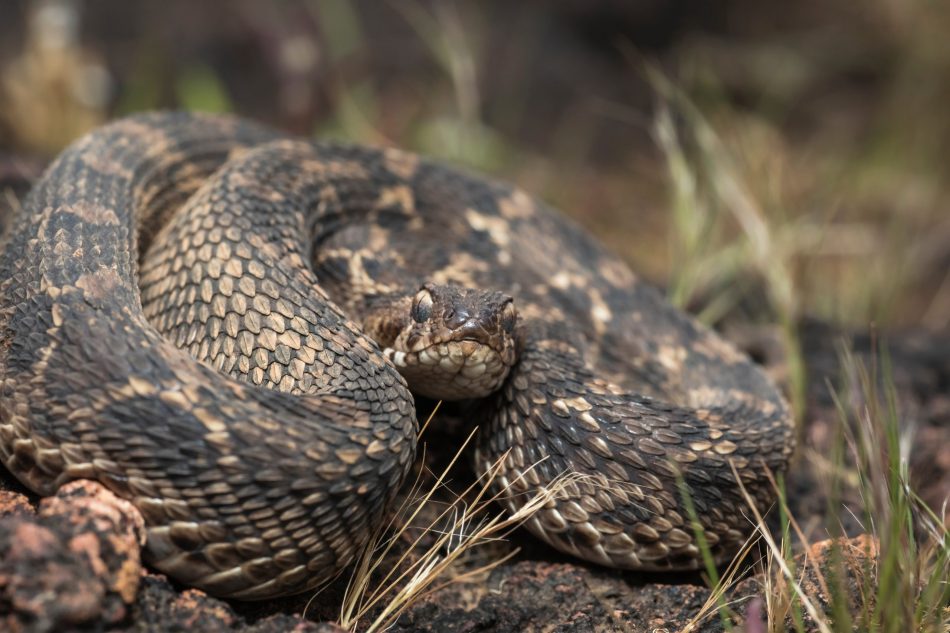As we try to tackle the climate crisis, people are becoming more and more conscious of the importance of protecting and conserving the world’s biodiversity—even wildlife that can harm or potentially kill us. However, when faced with a dangerous animal, what is the “best way” we can react? For communities in India who live alongside venomous snakes, an innovative solution has been gaining popularity: snake apps.
Sarpa, SnakeHub, Snake Lens, Snakepedia, Serpent, and the Big Four Mapping Project are a few of the snake apps that are becoming more and more popular with the public, conservationists, and rescuers. The apps quite literally save the lives of people who are bitten by venomous snakes by providing information about the species and what kind of treatment is needed, and by helping doctors develop antivenoms.
Snakepedia, for instance, is an android mobile app that provides information on a variety of snake species, complete with images, infographics, podcasts, and first aid advice for snakebites.
Serpent offers users a guide to all of India’s snakes and a search function to find the nearest hospital that can treat bites. If you’ve had the misfortune of being bitten, then the app can connect you in real-time to an expert that can help you.
The Big Four Mapping Project keeps users aware by reporting snake sightings and bites across the country.
Jose Louies, head of wildlife crime control at the Wildlife Trust of India, compares the snake apps to Uber. He helped launch Indiansnakes.org and then the Serpent app. “This innovative technology helps minimize human-snake conflict and save the lives of both,” he says.
An estimated 1.2 million people perished from fatal snakebites in India from 2000 to 2019, which equates to more than 58,000 people per year. Globally, between 81,000 and 138,000 people die from snakebites annually, and approximately three times that number survive but are left with permanent disabilities.
This explains the initial reaction of simply wanting to rid your space of a snake, even if it means killing it, but according to herpetologist Sandeep Das, of the 300 plus known species of snakes in India, “only 62 are venomous or semi-venomous and only four, or the ‘big four’—Indian cobra, common krait, Russell’s viper, and saw-scaled viper—cause 95 percent of all snakebite deaths in the country.”
Das says that many snake attacks are fatal because they happen in areas that don’t have convenient access to adequate medical care. The apps provide vulnerable communities with valuable, life-saving information and, through the Sarpa app, which has had 35,000 downloads so far, users can access a rescuer who is trained to safely remove a snake.
The snake apps facilitate communication between the public and conservationists so that they can work together to protect snake species and human communities. Kerala-based conservationist Vijay Neelakantan says that they “have 37 certified rescuers who are also conducting sensitization campaigns among villages about conservation, snake types, and what to do in emergencies.”
Snakebites have historically been underreported and inadequately treated, so in addition to saving lives in emergency situations, the apps also provide a way for researchers and conservationists to gather data that can help further educate communities on how to respond if a snake crosses their path.











